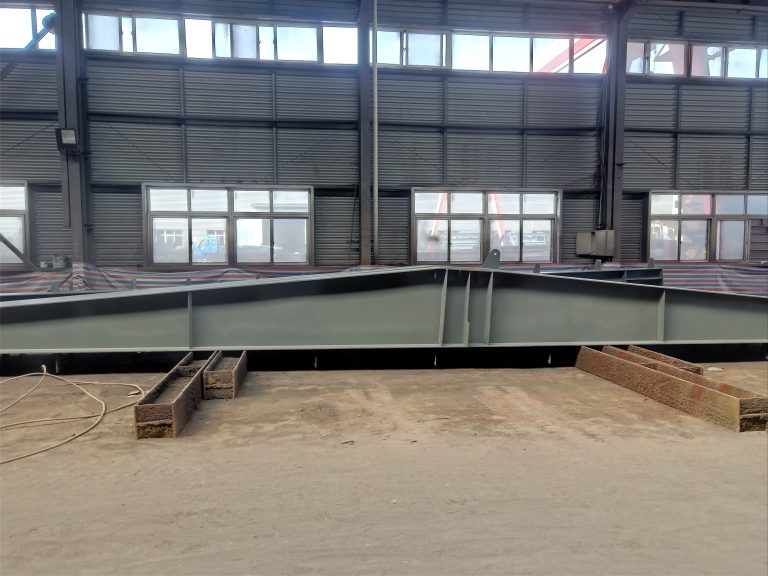The Solution of Heat Dissipation and Cooling System of Steel Structure Box in Temporary Data Center Construction
In the construction of temporary data centers, one of the key challenges that engineers face is the efficient dissipation of heat generated by the equipment housed within the facility. This is particularly important in steel structure boxes, which are commonly used for their durability and flexibility in temporary construction projects. In this article, we will discuss the various solutions available for heat dissipation and cooling systems in steel structure boxes in temporary data center construction.

One of the most common methods used for heat dissipation in steel structure boxes is the installation of air conditioning units. These units work by drawing in warm air from the data center, cooling it down, and then circulating the cooled air back into the facility. While this method is effective in cooling the environment, it can be costly to operate and maintain, especially in large data centers with high power densities.

To address this issue, some data center engineers have turned to more energy-efficient cooling solutions, such as liquid cooling systems. These systems work by circulating a liquid coolant through the equipment racks, absorbing heat generated by the servers, and then transferring it to a heat exchanger where it is dissipated. Liquid cooling systems are more efficient than air conditioning units and can help reduce energy costs in the long run.

Another innovative solution for heat dissipation in steel structure boxes is the use of passive cooling techniques. These techniques rely on natural airflow and ventilation to dissipate heat from the data center. For example, engineers can design the steel structure box with strategically placed vents and louvers to allow hot air to escape and cool air to enter. By harnessing the power of natural convection, passive cooling systems can help reduce the reliance on mechanical cooling systems and lower energy consumption.

In addition to cooling systems, data center engineers also need to consider the design of the steel structure box itself to optimize heat dissipation. For example, using reflective roofing materials can help reduce heat absorption from the sun, while proper insulation can prevent heat from escaping during colder months. Engineers can also design the layout of the data center to minimize hot spots and ensure even distribution of airflow throughout the facility.


Furthermore, the location of the temporary data center can also impact the effectiveness of the cooling system. For example, placing the steel structure box in a shaded area or near a natural water source can help lower ambient temperatures and reduce the workload on the cooling system. By carefully considering the environmental factors surrounding the data center, engineers can optimize the efficiency of the cooling system and reduce energy costs.


In conclusion, the efficient dissipation of heat in steel structure boxes in temporary data center construction is crucial for maintaining the reliability and performance of the equipment housed within the facility. By implementing energy-efficient cooling systems, passive cooling techniques, and thoughtful design considerations, data center engineers can create a sustainable and cost-effective solution for heat dissipation in temporary data centers. By continuously exploring new technologies and design strategies, we can ensure that our data centers remain cool and efficient in the face of increasing power densities and environmental challenges.






